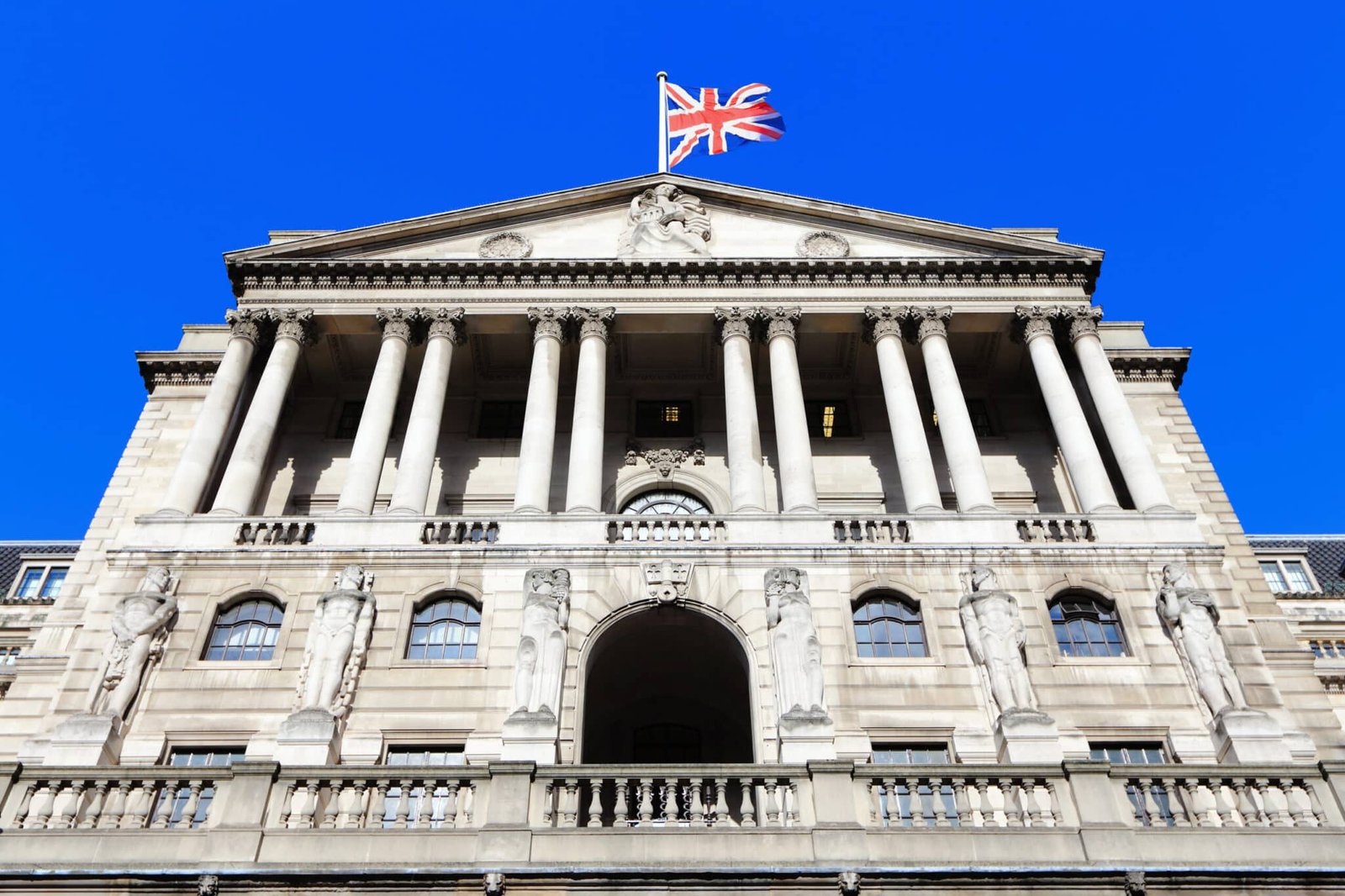The Bank of England has today refrained from implementing an interest rate cut, as expected inflation has been reported to remain above the target of 2 percent. The majority of economists believed that the members of the Monetary Policy Committee would maintain the current interest rate at 5
Bank of England Governor Andrew Bailey indicated that the institution was able to take certain actions due to a sufficient easing of inflationary pressures. However, he emphasised the necessity for policymakers to exercise caution in not reducing interest rates too swiftly or excessively.
Figures on Wednesday showed that inflation overall in the UK held steady at an annual rate of 2.2% in August, with higher airfares offset by lower fuel costs and restaurant and hotel bills. This indicates that inflation continues to remain slightly above the Bank of England’s target of 2% for the second consecutive month, following a decline to the target level in June for the first time in nearly three years.
Last month, the central bank implemented a reduction of its primary interest rate by a quarter-point, marking its first cut since the onset of the pandemic. The decision was closely contested, with four out of the nine committee members advocating for no change.
In response to the economic challenges posed by the coronavirus pandemic, central banks globally significantly raised borrowing costs from near-zero levels as inflation began to surge. This increase was initially driven by supply chain disruptions and subsequently exacerbated by Russia’s full-scale invasion of Ukraine, which led to rising energy prices.
As inflation rates have recently decreased from multi-decade highs, central banks have begun to lower interest rates. On Wednesday, the Federal Reserve became the latest major central bank to reduce borrowing costs, cutting its main interest rate by half a percentage point to approximately 4.8%, down from a two-decade high of 5.3%, where it had remained for 14 months. The Fed also indicated that further cuts are anticipated in the coming months.
The Bank of England is widely anticipated to lower borrowing costs again at its upcoming meeting in November, particularly as it will have access to the government’s budget details on October 30. The newly elected Labour government has expressed the necessity to address a £22 billion deficit in public finances and has suggested that it may need to increase taxes and reduce spending. Such measures are likely to exert downward pressure on the near-term outlook for the British economy and contribute to a reduction in inflation.
Matt Swannell, the chief economic adviser at the EY Item Club, remarked that the Monetary Policy Committee (MPC) had previously conveyed a clear indication that consecutive rate cuts were improbable unless forthcoming economic data proved to be weaker than anticipated.
Rob Wood, the chief UK economist for Pantheon Macroeconomics, echoed this sentiment, asserting that the inflation reading for August provides the MPC with little incentive to hastily reduce interest rates again, as the data remains in line with expectations. He added that another month of declining prices in the services sector, which is closely monitored by the Bank, would offer rate-setters greater reassurance. It is noteworthy that the European Central Bank implemented a reduction in interest rates within the Eurozone last week, marking the second consecutive decrease. The ECB’s rate-setting council lowered the main deposit rate from 3.75 percent to 3.5 percent during this meeting.


